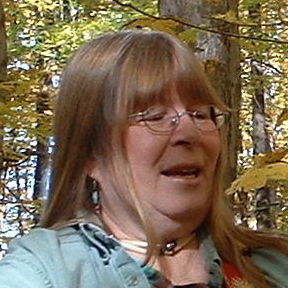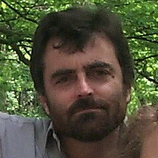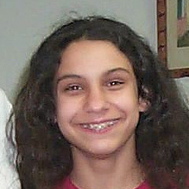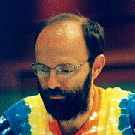models for language change
The history of linguistics has suffered from the dilemma that while we are reasonably certain that the construction of language and language change follow scientific principles, we can also see that they are so thoroughly human, so thoroughly entwined with the cultures and peoples that they serve, that it is hard to see the principles at work or even find the appropriate models that can be used to explain them. Chomsky's idea that there are genetic language universals was appealing in that we can intuitively sense that there are some universals out there; yet the wild goose chase that followed and lasted many years failed to turn up anything in the way of universal restrictions that came down from our genetic code.I feel that the best model for understanding language construction and language change come from the world of physics, specifically the concepts of self-organizing systems and emergence, which are commonly used to describe diverse phenomena in nature ranging from traffic jams to termites, ants, flocking birds, and herds of animals - also, the immune system, the free market, the brain, evolution, etc. People who working on simulation games like Sim City noticed first that when trying to make a system that best emulates life it is better to start by programming the individuals within them, since they are basically decentralized systems where the actions of each individual collectively create the larger patterns. Traffic is an example: you can make laws, you can get on the radio and proclaim the Dan Ryan bottled up, but it's the actions of the individual drivers, each acting for their own benefit, that create the patterns we know as traffic jams.
So I found a book, referred to below, which gives some of the background for these decentralized systems and how they can be described. Resnick gives several principles that will be useful to me in proving this, but a few of them are below:
1. People tend to see top-down organization even when there isn't one. For example, they explain traffic jams by saying, there must have been an accident, or, somebody must have messed up, up there. Resnick calls these "lead" or "seed" explanations. Either someone did it, or something started it. But his point is, sometimes they happen by themselves: it's the very randomness of the actions of the cars, for example, that make it possible for traffic jams to start.
2. Critical density is an important concept in understanding these systems. Resnick did an experiment in which he put virtual trees at certain densities in an area, then tried to determine whether a forest fire would envelope the entire area, given certain densities. Sure enough, there was a point at which the probability increased considerably: this could be called the critical density. Such a concept is obviously important in our understanding of language. If 70% of the people my boys talk to use "soda" to refer to sweet sticky worthless drinks, then that's what they'll call them, regardless of what I tell them. Critical density has determined the "accent" of this area. More on this later, obviously.
3. The actors in a given situation can change, when the situation itself remains. For example, in a given traffic jam, new cars are entering, and others are leaving, but the traffic jam remains.
4. There is often confusion about levels. The cars are going forward, but the traffic jam is going backward. So don't the cars run into the traffic jam? No, cars run into cars. Cars enter traffic jams. The cars and their drivers create the patterns. The jams are the patterns themselves, and exhibit behavior themselves, but are not guided by centralized authority and are not the same as the cars.
Here is the book which I will quote a little soon:
Resnick, M. (1994). Turtles, termites, and traffic jams: explorations in massively parallel microworlds. Massachusetts Institute of Technology Press, Cambridge, MA.
Here is some other stuff:
language as self-organizing system (3-07)
connectivism (tangentally related)
abe day blizzard: index of language-related writing
self-organizing systems (wikipedia)
emergence (wikipedia)























































0 Comments:
Post a Comment
<< Home